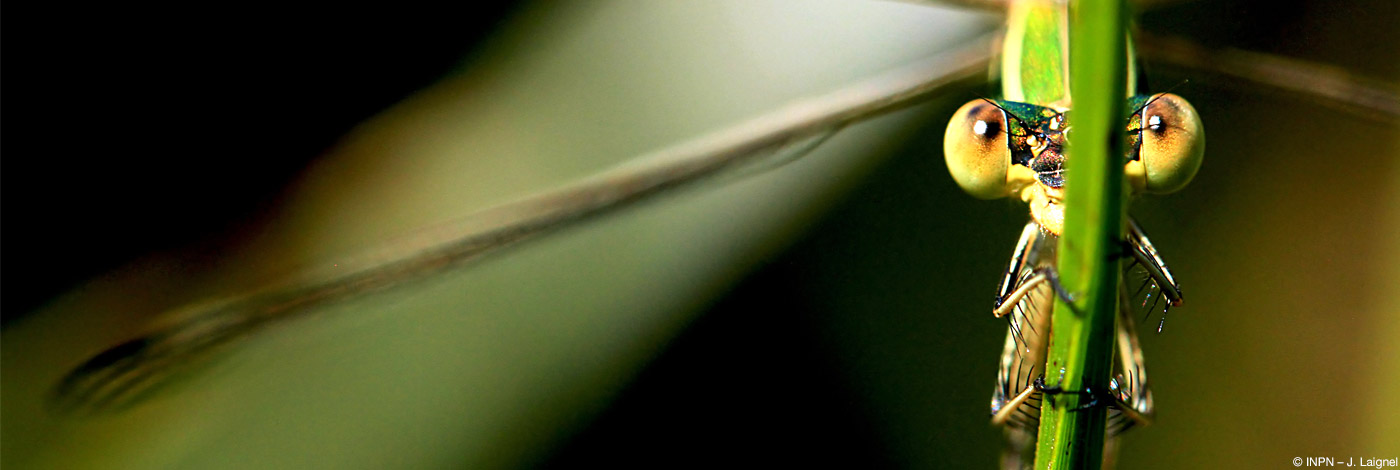

 Naturae
2025 (1) - Pages 1-14
Naturae
2025 (1) - Pages 1-14Reptiles are particularly exposed to habitat degradation on a global scale, but this group is still the victim of perception bias and ignorance. Recent work shows the importance of micro-habitats for reptiles, particularly in the context of the intensification of current climate change practices. The sharp decline observed in European adder (Vipera berus (Linnaeus, 1758)) and the Asp viper (Vipera aspis (Linnaeus, 1758)) highlights the vulnerability of these species and their indicator role. In this context it is important to evaluate their consideration within managed natural areas. The results of a large survey in France and Belgium (Wallonia) revealed that out of 208 managed natural sites, 60% of managers have average and/or poor knowledge of these two species, resulting in little monitoring being implemented (50 % of sites for the European adder and 25 % for the Asp viper). This poor consideration of these species leads to an inability of managers to assess a trend in viper populations in these sites. In cases where a trend is noted by the manager, the cause is most often unknown. In addition, almost three quarters of managed natural sites where vipers are known do not benefit from targeted actions to preserve them. Natural managed areas are essential for maintaining biodiversity and it is becoming urgent to take into account the needs of reptiles in management practices. Simple measures aimed at maintaining heterogeneity of habitats and microhabitats can be effective.
European adder, Asp viper, micro-habitat, climate change, conservation